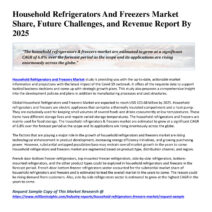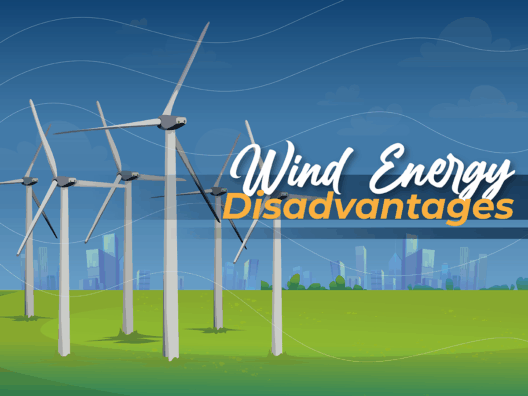As climate change continues to wreak havoc around the globe, one of the most pressing challenges we face is none other than rising sea levels. This phenomenon, driven primarily by the melting of polar ice caps and the thermal expansion of seawater, poses a substantial threat to coastal cities and ecosystems. So, what is the government doing about rising sea levels? Are their measures robust enough to counterbalance the escalating tide? Let’s explore the multifaceted policy responses adopted to combat this critical issue.
Understanding the complexity of rising sea levels requires a multi-dimensional approach. Areas at risk span diverse ecosystems and economies, putting both human lives and wildlife in jeopardy. A key question looms: Are we merely reshaping coastlines with temporary band-aids, or are we crafting long-term strategies to protect our communities?
With the ever-increasing urgency, let’s delve into the many policies and legislative measures enacted by governments to address the looming crisis.
Turning the Tide: Federal Initiatives and Frameworks
In recent years, federal governments have initiated a series of programs aimed directly at mitigating the impacts of rising sea levels on both natural and built environments. From funding research to implementing strict zoning laws and promoting innovative engineering solutions, each strategy plays a vital role. The Federal Emergency Management Agency (FEMA) has taken the lead in funding coastal resilience projects, and encouraging communities to develop action plans tailored to their unique vulnerabilities.
In tandem with FEMA, the National Oceanic and Atmospheric Administration (NOAA) has been instrumental in guiding state and local governments to develop risk assessments and adaptation strategies. The ever-expanding digital sea-level rise tools provided by NOAA empower planners, allowing for informed decision-making in vulnerable regions. This data-driven approach ensures that resources are allocated effectively and efforts are concentrated where they are needed most.
Climate Action Plans: State-Level Innovations
While federal initiatives lay the groundwork, it is state governments that are increasingly tasked with the onus of implementing climate adaptation strategies. States like California and New York have set a precedent by crafting comprehensive Climate Action Plans that not only address greenhouse gas emissions but also integrate coastal adaptation measures into their core policies.
For instance, California’s ocean protection policies include robust funding for beach nourishment and wetland restoration projects aimed at absorbing storm surges. New York’s response to the devastation wrought by Hurricane Sandy has catalyzed extensive investment in coastal infrastructure redesign, ensuring that vulnerable areas are fortified against future inundations.
These state-level innovations offer a beacon of hope, yet they also raise a question: Are smaller or less affluent states equipped to adapt similarly, or will they languish in the increasingly treacherous wake of climate inaction?
Community Resilience: Local Government Initiatives
The grassroots movements at the municipal level exemplify the importance of localized efforts in combating rising sea levels. Local governments are often the first line of defense when it comes to addressing immediate threats to their constituents. By adopting creative land-use planning and investing in community education about climate risks, cities can foster resilience even amid limited resources.
From Miami’s community-led initiatives to prioritize green infrastructure development, to New Orleans’ strategy of elevating public service facilities, localized action proves essential in adapting to climate-related risks. Additionally, public engagement through forums allows residents to voice their concerns, leading to more transparent governance and collective action.
However, these localized efforts are often overshadowed by the scale of the challenge. How can smaller communities effectively advocate for more federal funding and resources? What measures can they take to ensure that their voices are included in the broader dialogues surrounding climate policy?
Creative Approaches: Financial Mechanisms and Incentives
An understanding that climate change represents a long-term investment necessity has spurred governments to devise innovative financing options. Governments are increasingly experimenting with climate bonds and resilience funds that aim to attract private investment in coastal adaptation projects. Such financial avenues allow for a multiplier effect, amplifying public funding while incentivizing private sector involvement.
Moreover, policy measures like tax breaks for property owners who undertake measures to fortify their homes against flooding can encourage voluntary individual contributions to resilience. By coupling regulatory frameworks with financial incentives, governments can catalyze a collective response that enhances community preparedness while alleviating fiscal burdens.
The Cloud on the Horizon: Legal and Ethical Considerations
As governments take decisive actions, it is vital to confront the ethical and legal ramifications of these adaptations. Rising sea levels will not only displace populations; they will also exacerbate issues of social inequity. As coastal areas face transformation, there will inevitably be questions of who benefits and who bears the brunt of the adaptations. With the specter of forced displacement looming, are governments considering the ethical implications of these changes?
Moreover, developing a legal framework that accommodates those affected by rising seas is crucial. Compounding the issue is the potential for heightened conflict over resources, as communities with differing abilities to adapt vie for political and financial support. Striking a balance between innovation and equity will demand careful deliberation.
This conundrum paints a nuanced portrait of rising sea levels as both a challenge and an opportunity for galvanizing collective action. The extent to which governments can unite diverse stakeholders—citizens, businesses, and advocacy groups—will ultimately determine the trajectory of our coastal future amidst rising tides.
In conclusion, while there are numerous initiatives underway aimed at combating the effects of rising sea levels, the scale of the undertaking is monumental. Navigating the confluence of federal, state, and local actions requires collaborative spirit and an unwavering commitment to equity and long-term sustainability. The tides are turning, but how we respond—collectively and decisively—will reshape our coastal communities for generations to come.








